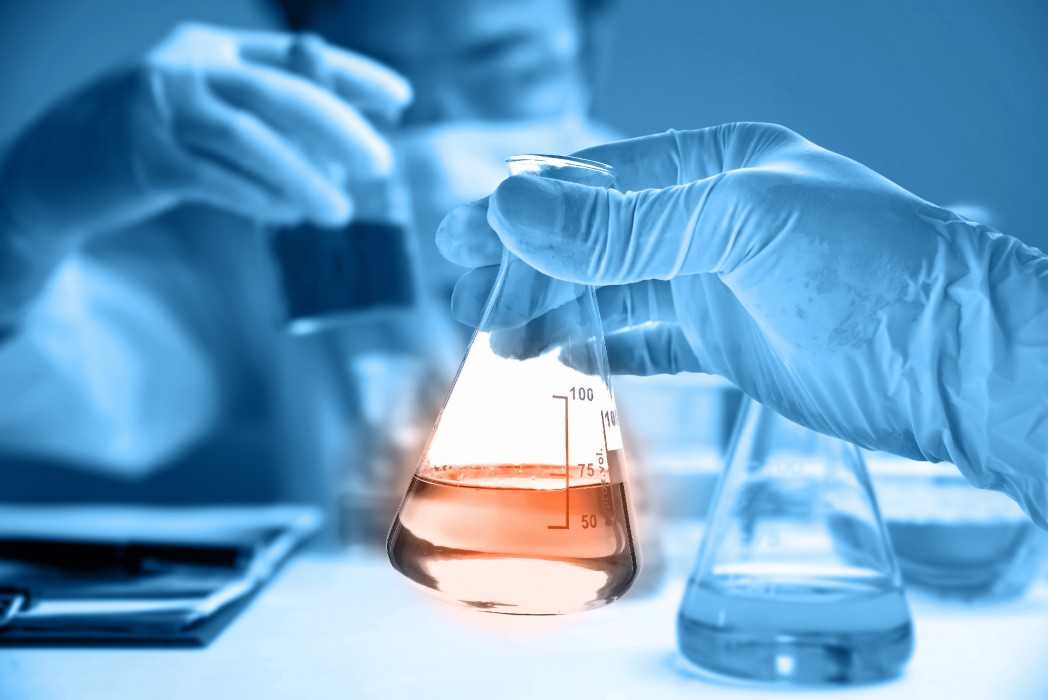Potential ALS Treatments May Be Identified by New Discoveries About Certain Proteins

University of Kyoto researchers discovered that a protein associated with a gene involved in cancer suppression, the VHL protein, and a protein that rescues cells from hypoxia (low oxygen) conditions, cullin2, are both involved in ALS progression. This discovery can lead to the identification of therapeutic targets for ALS treatment.
The research paper, “CUL2-mediated clearance of misfolded TDP-43 is paradoxically affected by VHL in oligodendrocytes in ALS,” was published in Scientific Reports.
The malfunction of oligodendrocytes — nerve support cells — has been shown important in the pathogenesis of amyotrophic lateral sclerosis (ALS, or Lou Gehrig’s disease). And defects in and accumulation of the human TDP-43 protein, intrinsically prone to aggregation, have been identified as a major component of most forms of ALS and implicated in other neurodegenerative diseases such as Alzheimer’s. This protein is a key player in cognitive impairment. However, the molecular mechanisms that lead to accumulation of misfolded TDP-43 in the cytosol of oligodendrocytes are not yet clear.
Researchers found that another protein, the von Hippel Lindau (VHL) protein, strongly binds to misfolded forms of TDP-43 in oligodendrocytes. VHL forms a complex with the protein cullin 2 (CUL2), previously known for its capacity to break down other proteins. This in turn facilitates the breakdown of misfolded TDP-43.
When VHL becomes overly abundant, VHL/TDP-43 protein complex aggregates and accumulates in the cytoplasm, promoting further cell deterioration and neurodegeneration — two events observed in ALS.
Researchers say that, while the underlying pathogenic mechanisms remain elusive, they can theorize that the imbalance of VHL/CUL2 might affect oligodendrocytes in ALS, which might be related to the accumulation of known harmful proteins, including TDP-43 and mutant SOD1.
“VHL overload in the cytoplasm and the imbalance between VHL and CUL2 seems to be the root cause of oligodendrocyte dysfunction,” senior author Dr. Makoto Urushitani said in a press release. “Once we have a clearer idea of how the VHL and CUL2 balance is maintained, I believe we’ll be able to make a huge contribution to the treatment of ALS.”






